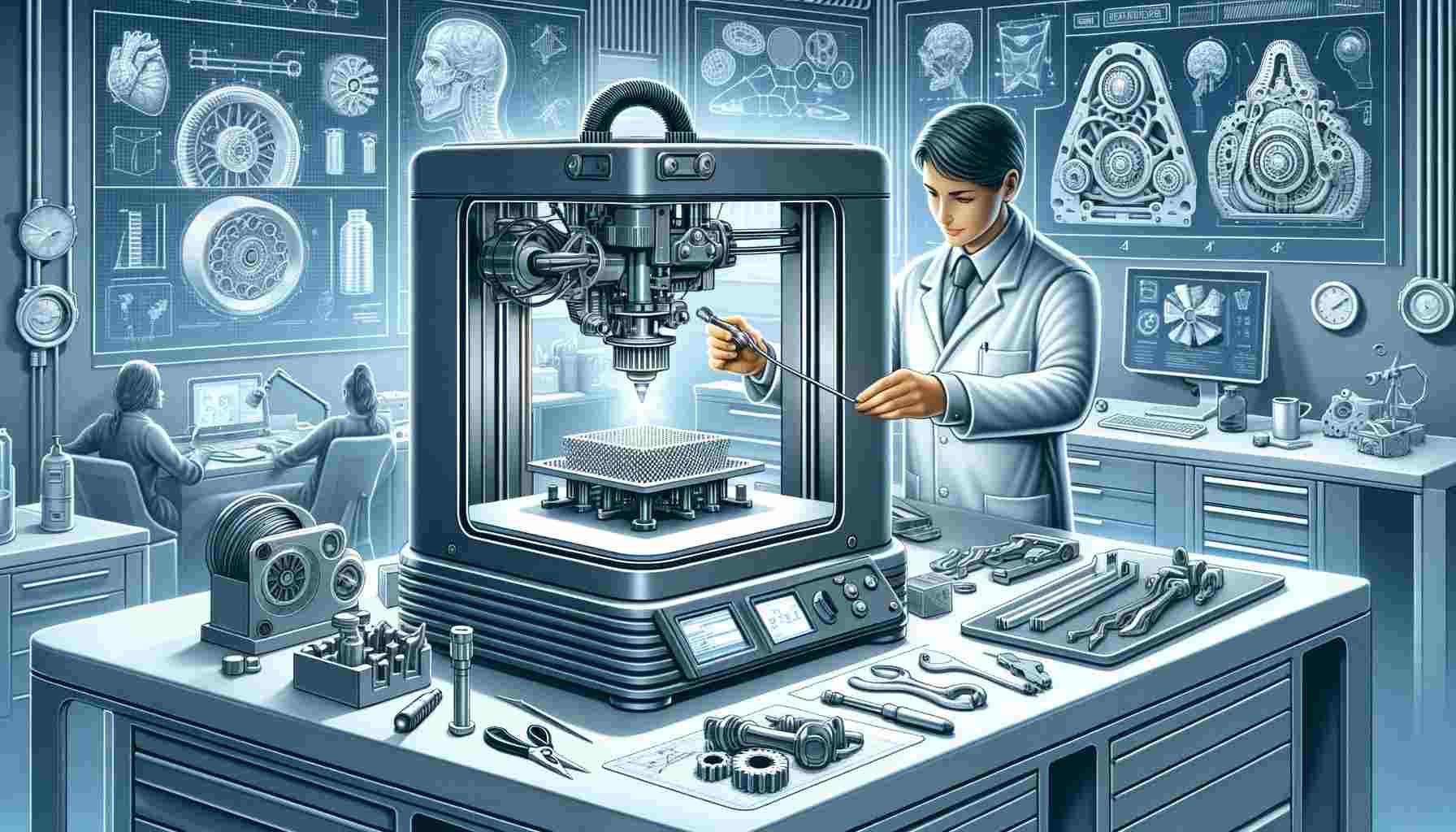
One of today’s leading additive manufacturing technologies, fused deposition modeling is highly favored in the fast prototyping market. This technology provides a flexible, efficient, and cost-effective approach to producing high-quality prototypes, making it an essential tool for developing products in various sectors.
As of 2024, Fused Deposition Modeling (FDM) is a widely adopted method in rapid prototyping across various industries due to its efficiency and versatility. The technology has seen significant advancements and broader applications over the years.
What’s the Fused Deposition Modeling?
FDM uses a heated nozzle, layer by layer, to extrude the plastic filament and produce objects directly from an internal 3D model. The materials used include ABS, PLA, PETG, and Nylon, known for their strength, flexibility, and durability. The process is automated and can create intricate shapes that are challenging to make using conventional methods.
What is the role of FDM in rapid Prototyping?
Fused deposition modeling (FDM) is an excellent tool for rapid prototyping because it produces operational prototypes at a fraction of the cost. Traditional prototyping methods, which require specialized tools and skilled labor, can be time-consuming and costly. With FDM, designers and engineers can rapidly iterate their designs, make adjustments on the fly, and shorten the time to market.
Importance of FDM
Optimization of FDM process parameters, which have significantly improved the quality of printing parts, is an important area for growth. Innovations have focused on enhancing methods for material deposition and optimizing machine operations to decrease build time and material usage while maintaining component quality at a high level. Techniques such as thickness adjustment of layers, raster orientation, and air gaps have been critical to achieve these improvements.
Additionally, In the design and testing of new products, FDM’s integration with further advanced technologies such as CAD software and predicting modeling tools has made it easier to use. In industries such as aeronautics, automobiles and healthcare, FDM has been a necessity due to the speed at which complex parts can be developed with different materials.
Benefits of FDM to Rapid Prototyping
1. Speed
One of FDM’s most significant advantages is its speed. Prototypes can be manufactured in several hours, allowing designers and engineers to rapidly and effectively iterate their designs. This rapid turnaround is crucial for accelerating the product development cycle and speeding up the introduction of products to the market.
2. Cost-Effectiveness
Compared to other additive manufacturing technologies, FDM is relatively inexpensive. It does not require a lot of energy, and the materials it uses are more readily available. Because of its minimal operating and material costs, FDM is an excellent option for start-ups and SMEs with limited budgets.
3. Material diversity and accessibility
FDM printers can handle different thermoset materials, each with unique properties that can be selected based on specific prototype needs such as strength, bendability, or heat resistance. These materials are easily accessible and simple to work with.
4. Ease of use and accessibility
FDM technology is easy to use, enabling anyone with little experience in additive manufacturing to benefit from it. Many desktop FDM printers are compact, user-friendly, and suitable for office environments, enabling in-house prototyping without specialized facilities.
Application of FDM to Rapid Prototyping
Let’s discuss some application of FDM in Rapid Prototyping
1. Automotive
FDM has helped to rapidly prototype lighting, fittings, and end-use parts in the automobile sector. Engineers can quickly produce lightweight, durable components to test in real-world conditions, reducing the time needed to develop a vehicle.
2. Consumer Goods
FDM is used for concept modeling, enabling designers to visualize and communicate their ideas quickly. This enables designers to test components’ shape, appearance, and function to ensure they are ergonomically and aesthetically aligned with users’ needs.
3. Product development
FDM is often utilized in product development to fabricate prototypes for testing and validation.
4. Functional prototypes
FDM can produce functional prototypes resembling the final product, allowing for real-world testing.
5. Medical
FDM provides significant advantages for medical device prototyping, where customization and precision are essential. It creates functional prototypes of medical equipment, prosthetics, and even patient-specific surgical aids.
6. Concept Modeling
FDM is used for concept modeling, enabling designers to visualize and communicate their ideas quickly.
Challenges and Considerations
While FDM offers numerous advantages, it also has limitations, such as lower resolution compared to technologies like SLA (Stereolithography) or SLS (Selective Laser Sintering). The layer-by-layer approach can also result in visible layer lines, which might require post-processing to achieve a smooth finish.
Bottom lines
Due to its speed, cost-effectiveness, adaptability, and flexibility, fused deposition modeling (FDM) has become a cornerstone technology in rapid prototype production. Due to ongoing advances in materials and precision, FDM remains a key component of the iterative design process for today’s product development and innovation. The potential applications of FDM are bound to grow as technology advances, with its integration into various industries and creative endeavors on the horizon.
